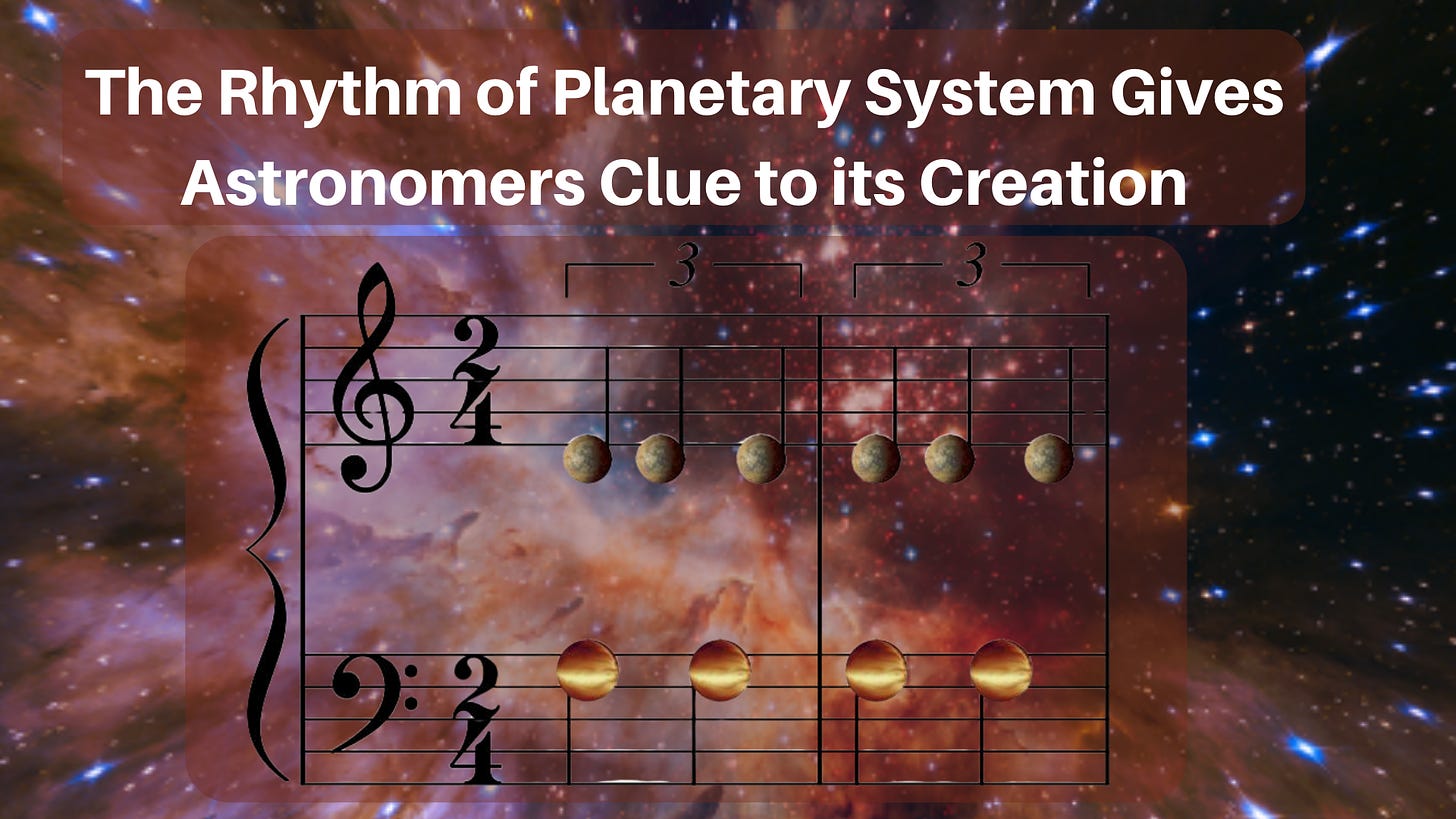The Rhythm of Planetary System Gives Astronomers Clue to its Creation - Astronomy News with The Cosmic Companion
A planetary system of six exoplanets in near-perfect synchronization gives astronomers a hint at how such groupings could evolve.

Over a period of seven years, astronomers have observed the star HD 158259 — invisible to the naked eye — discovering six planets in orbit around it in near-perfect synchronization. The extrasolar planets (exoplanets) consist of one ‘Super-Earth’ and five ‘Mini-Neptunes’ with exceptionally regular spacing and timing. Their regimented order gives researchers a hint as to how the system may have formed.
The study, led by researchers from the University of Geneva (UNIGE), was conducted with the aid of the SOPHIE spectrograph and observations from the TESS space telescope and is published in the journal Astronomy & Astrophysics.
The team was able to determine that the planet closest to HD 158259 and the five outer planets have a mass ranging from two to six times the mass of the Earth respectively. The distance to the outermost planet from its parent star is just over two and a half times smaller than the distance between the Sun and its closest planet — Mercury — thus making the system incredibly compact.
Read more: https://bit.ly/Rhythm-Planetary-System


